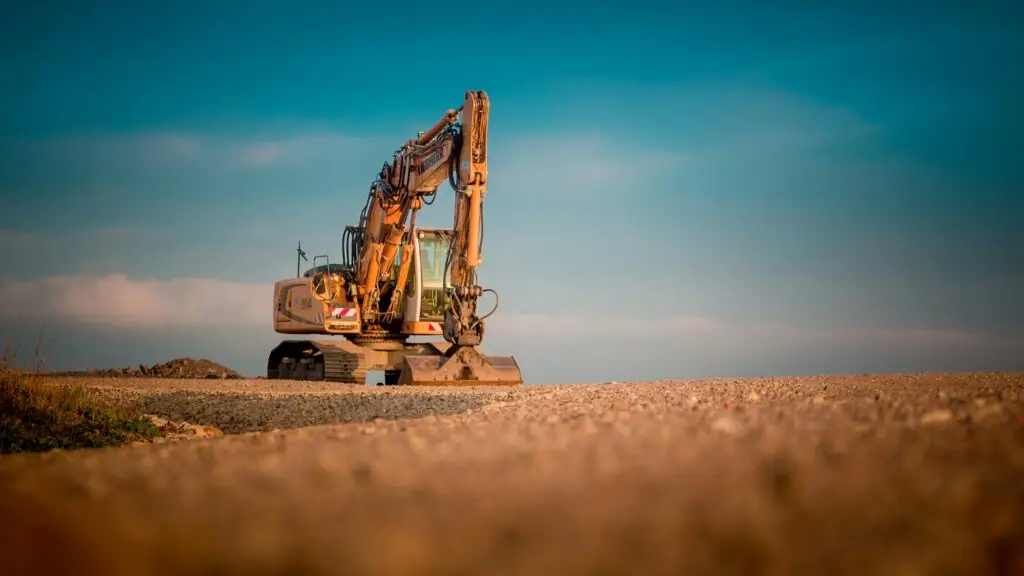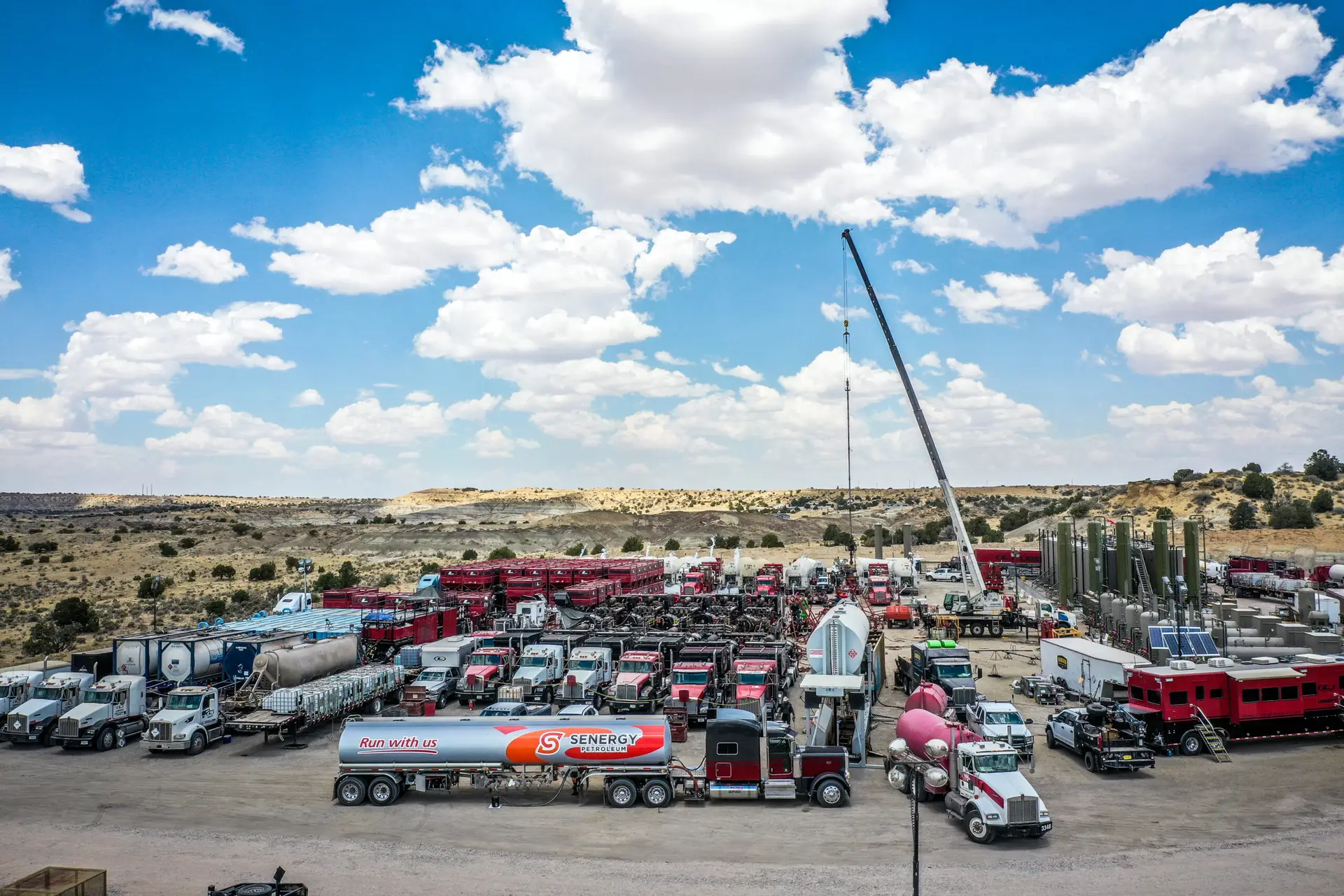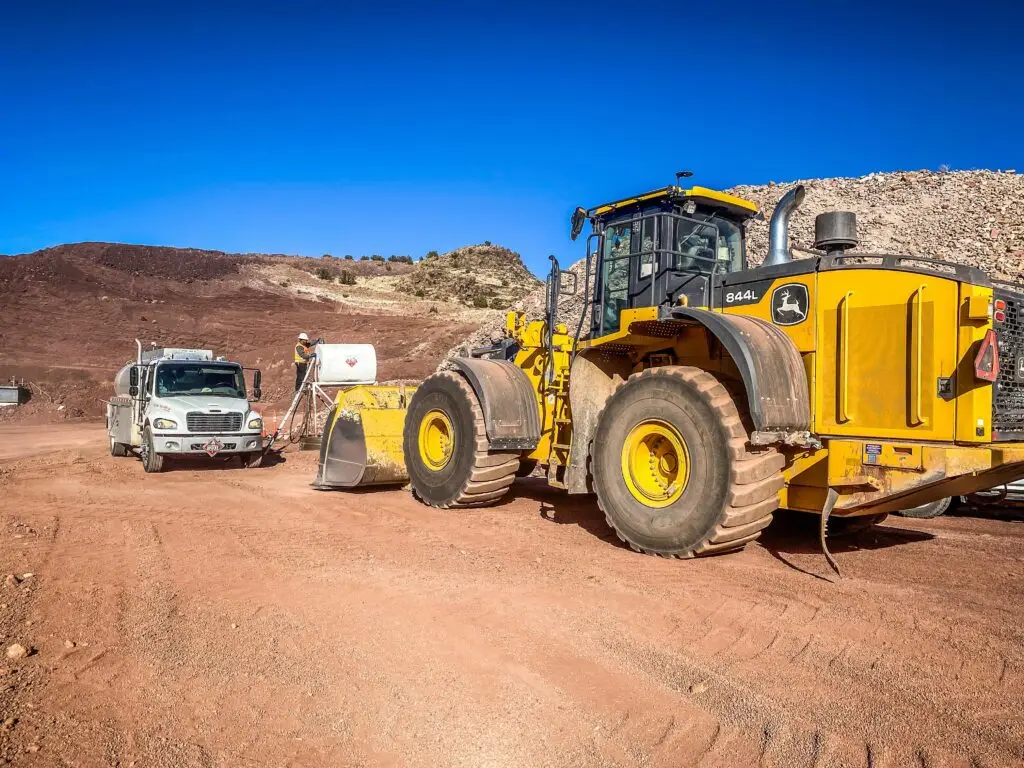How to Extend the Life of Your Heavy-Duty Equipment with Proper Maintenance
To keep heavy equipment running smoothly, the key is understanding it inside and out. Each machine is unique—a backhoe isn’t a skid steer, and a dump truck differs from an excavator.
Start by reading the equipment manual. It may not be thrilling, but it’s full of valuable details like maintenance schedules and service procedures. Treat your equipment like a trusted partner—when something sounds off, you’ll notice.
Unusual noises or vibrations are often early warning signs of bigger issues. Catching them quickly minimizes downtime and extends equipment lifespan. Maintenance is about knowing your gear well enough to prevent problems before they start.

Why Frequent Cleaning and Visual Inspection Are Essential
Many don’t realize how much damage an ounce of dust can cause. Over time, dust, dirt, and debris can clog filters, jam hinges, and hide important warning signs like oil leaks or hairline cracks. This is why thorough cleaning of heavy equipment after every use should be a top priority.
A clean machine makes it easier to spot wear and tear early, like hose blowouts or rusted bolts. Use pressure washers and compressed air to clean sensitive areas like the cooling system and undercarriage. Don’t forget the cab and control panel—operator comfort and safety are improved when they’re clean.
Take a minute to inspect while you clean. Catching small issues early can save you from costly repairs later. Loose bolts or dripping oil can turn into major problems if not addressed right away. Regular cleaning and inspections go hand-in-hand in extending your equipment’s lifespan.
Lubrication: The Unsung Equipment Maintenance Hero
If there’s one thing that should never be overlooked in heavy equipment maintenance, it’s lubrication. With so many moving parts, all of them rely on oil or grease to reduce friction and wear. Without proper lubrication, metal against metal generates heat, causing warping and eventual failure.
Follow the manufacturer’s guidelines for lubrication schedules and types. Don’t settle for the most convenient grease—different parts require different formulations. Keep track of when a part was last greased, and regularly check for grime or buildup on grease fittings. Always clean fittings before adding new grease to avoid pushing dirt in.
Over-lubricating is another common mistake. Too much grease can damage seals and attract dirt. Proper lubrication not only reduces wear but also ensures smoother operation, quieter performance, and greater efficiency, ultimately extending the lifespan of your equipment.

Train Operators as the Eyes and Ears of Maintenance
Your best defense against mechanical failure is the team that operates your equipment. Proper training for your operators is one of the best investments you can make in ensuring long-term machine health. A skilled operator doesn’t just know how to use the controls—they understand how the machine should feel, sound, and perform when it’s running properly. This awareness helps them quickly spot any deviations and report them.
Unusual smells, stiff operation, or shifts in hydraulic pressure may indicate a problem that needs attention. Training shouldn’t be a one-time task. As technology evolves and equipment is updated, operators should receive regular training to stay current. Teach them to inspect equipment before and after use and encourage clear communication with maintenance teams.
Skilled operators extend the life of machines and help prevent errors that could lead to bigger issues, ensuring smoother operations and fewer breakdowns.

Maintain Detailed Maintenance Records So You Stay Ahead of Repairs
It’s easy to fall into the trap of shortcuts when you’re under pressure to meet deadlines, but quick fixes like taping a leaking hose or using low-quality replacement parts often come back to bite you. Small issues become major problems when they’re not addressed properly. A minor mistake can lead to a complete hydraulic system failure, turning a $20 fix into a $2,000 repair.
Whenever possible, use original manufacturer parts—they’re designed specifically for your equipment. While cheaper alternatives may seem like a bargain, they rarely are in the long run. Ensure your equipment is handled by skilled, trustworthy technicians. Quick fixes often bypass the real problem, leading to recurring failures.
Always prioritize quality repairs over temporary solutions. This “fix-it-right-the-first-time” approach will reduce downtime and repair costs. Over time, a solid preventive maintenance strategy will improve performance and extend your equipment’s lifespan by a decade or more.
Ensuring the Safety of Idle Equipment Through Proper Storage Procedures
How you store your equipment when it’s not in use is just as important as how you maintain it during operation. Leaving heavy equipment exposed to rain, snow, or direct sunlight can cause long-term damage. Water leads to rust, sunlight degrades rubber parts, and extreme heat and cold can destroy seals and hoses.
Whenever possible, store equipment indoors or use high-quality covers. If the equipment will be idle for weeks or months, don’t just shut it down and walk away. Drain the fuel, add stabilizers, remove the battery, and seal any openings to keep out pests. Rodents can chew through insulation and wiring if given access.
Periodically cycle idle equipment to keep systems lubricated and in good condition. Proper storage is a critical part of equipment maintenance that’s often overlooked—but it’s worth the effort. Well-maintained equipment will be ready to go when it’s time to get back to work.
Fix It Right the First Time — No Shortcuts
Shortcuts in repairs are easy to fall for when you’re under deadline pressure to keep things moving. But taping over a leaking hose or installing second-rate replacement parts always seems to come back to haunt you. Little issues turn into big issues when you don’t fix them or don’t fix them correctly. That little minute difference can lead to a complete hydraulic system breakdown, and what would have cost you $20 to fix now will end up costing you $2,000. Utilize original manufacturer parts whenever you can those are designed specifically for your equipment. The cheap ones could be a bargain in the short term, but never are. Make sure that you have skilled, trustworthy techs working with your equipment. Gimmie fixes are notorious for bypassing the problem and inducing chronic failures. Under all conditions, insist on quality repairs, not fix-its. This fix-it-right-the-first-time attitude will pay dividends in terms of reduced downtime and repair expenses. Year by year, a preventive maintenance strategy will equalize performance in balance and lengthen your machine’s useful life by a decade or more.
Consistency is Key
There’s no single action that will make your heavy equipment last 20 years—it’s the small, consistent habits that add up over time. Cleaning it daily, inspecting for wear, greasing on schedule, and storing it properly—none of these tasks are time-consuming on their own, but together, they form a routine that prevents major failures.
When maintenance becomes second nature, it’s no longer a chore—it’s part of getting the job done right. Your equipment is an investment. Just like you wouldn’t neglect routine care for your truck, don’t overlook the maintenance of your heavy machinery.
Whether you have one machine or a large fleet, these maintenance practices will help you run a reliable operation. Taking care of your equipment isn’t just about saving money—it’s about making your operation safer and more efficient. And that’s something everyone can support.



